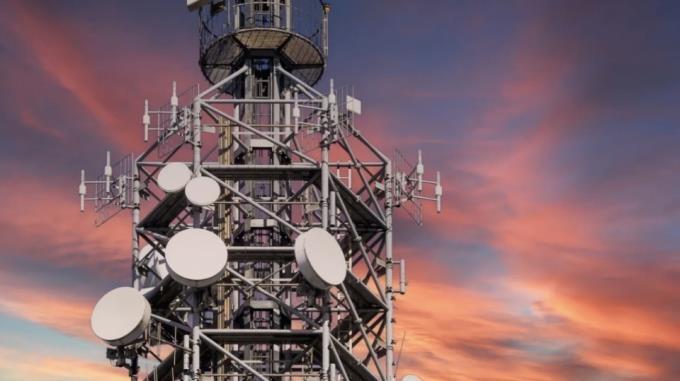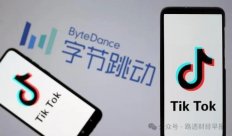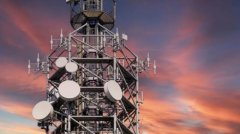
Tencent Technology News May 6 news, according to foreign media reports, a Japanese company alliance successfully created the world's first high -speed 6G wireless device.This speed is 20 times faster than the current 5G technology.Such data transmission speed also means that 5 high -definition movies can be transmitted wirelessly per second.
According to Statista data, this speed even surpasses the average download speed of 5G mobile phones in the US T-Mobile 5G mobile phone.The average 5G speed of T-Mobile in the United States is only 204.9Mbps per second. Compared with the highest speed of 5G, there is still a small gap.
This equipment prototype is the result of cooperation between major Japanese telecommunications companies such as DoComo, NTT, NEC, and Fujitsu.
The latest test data reveals that this device has reached the transmission speed of 100Gbps per second in the indoor frequency band of 100GHz, and its excellent performance in the 300GHz band outdoors.It is worth mentioning that the 300GHz band is located below the infrared part of the electromagnetic spectrum.The Japanese consortium representatives clearly stated in the statement that these tests were successfully carried out in the air of 100 meters.
But according to the GSM (Global Mobile System) Association, scientists have begun to build 6G standards, and the construction of related infrastructure is also underway, and it is expected to be officially launched around 2030.
The main difference between5G and 6G is that the electromagnetic spectrum frequency bands they use are different.The 5G signal is usually transmitted in the frequency band below 6GHz, and is extended to a frequency band of about 40GHz, the so -called "millimeter -wave frequency band".And 6G is expected to run on a higher frequency band, the so -called "Terminal Herz" frequency band, between 100GHz and 300GHz.
Although such frequency bands can bring faster speeds, it is also accompanied by some challenges, such as higher sensitivity to environmental interference, and signals are more vulnerable to blocking in the indoor environment.
The leap from 4G to 5G laid the foundation for the surge in media consumption, and the leap from 5G to 6G is expected to lead us into a new era of holographic communication, as well as smoother and more realistic virtual reality (VR) and mixedReality (MR) experience.
However, since 6G depends on a higher frequency band, we need a new infrastructure to support the transmission and amplification of signals. At the same time, smartphones or VR devices also need to be equipped with 6G antennas.
In the previous test, scientists have achieved faster 6G speeds, but they usually only cover a shorter distance.For example, another team of scientists in Japan has shown 6G speed of up to 240Gbps, but realized in the range of 20 meters.(Compiled/Jinye)




